Today I have crime writer, Sarah Ward on the blog answering questions on her first draft process. This is a part of her ongoing blog tour which I’m thrilled to be a part of. It’s definitely worth checking out the other blogs on the tour!
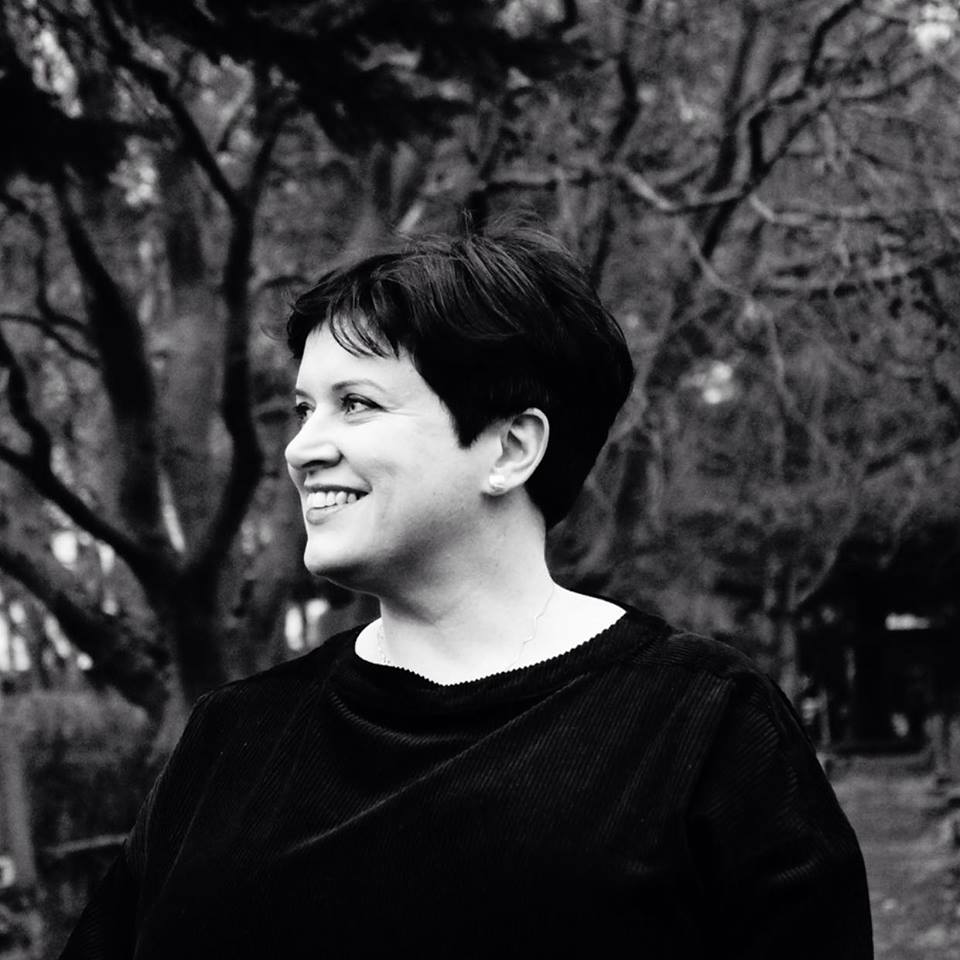 SARAH WARD is an online book reviewer whose blog, Crimepieces, reviews the best of current crime fiction. She is a judge for the Petrona Award for Scandinavian translated crime novels. Sarah lives in rural Derbyshire where her debut novel, In Bitter Chill is set.
SARAH WARD is an online book reviewer whose blog, Crimepieces, reviews the best of current crime fiction. She is a judge for the Petrona Award for Scandinavian translated crime novels. Sarah lives in rural Derbyshire where her debut novel, In Bitter Chill is set.
When you decide to write something new, what is the first thing you do?
I write the opening scene. And in the two books I’ve now written it’s these passages that have hardly changed at all. The opening chapter sets the tone of the rest of the book and, I like to think, lays out the mystery that is subsequently unravelled.
Do you have a set routine approaching it?
I like to write about 1,000 words a day. It’s usually in the morning as this is my most productive time. And very occasionally later in the evening. Never in the afternoons. Having a word count target is a good way of keeping me going.
Pen and paper or straight to the keyboard?
I write straight onto my laptop. I learnt to do this when I was writing professionally in the civil service. I’m not a brilliant typist so there are a lot of deletions as I write.
How important is research to you?
I try to write the story first and then see where the obvious gaps in my research are once the first draft is done. That said, I did some of the research up front for my second book as I wanted to make sure that the premise was realistic.
How do you go about researching?
There’s a retired Derbyshire detective I’m in touch with and a younger former policeman who I e-mail. I do some research, such as in relation to weapons, on the internet. And, as both my books incorporate elements of the past, I try to watch some TV programmes of the era.
How do you store everything; ideas, research, images that catch your eye?
I pin things onto my wall with blue tac which ruins the paintwork but does allow me to visually see colours and so on. I also take images on my phone. Seasons in the countryside are an important element in my writing and I like to remind myself what flower, for example, is in bloom at a particular time.
Tell us how that first draft takes shape?
I write in a linear way. In other words I start at the beginning and keep going. If there’s something I don’t know or can’t remember, I put an ‘[x]’ in the text and keep going. It’s the only way I can keep to my word count. This means, however, by the end of my first draft there are lots of gaps that need filling in. But I do have the basis of something to work with for the second draft.
Are there any rituals you have to do or items you must have with you while writing that draft?
I listen to music so I need to have some headphones. I don’t think I’m able to write in total silence any more. And I drink a lot of tea.
Does the outside world exist or are you lost to us for a period of time as the magic works?
I don’t think I’m ever completely transported during my first draft. That definitely happens in subsequent drafts but I think I’m just trying to get words down on the page in the first instance. I think a lot about where the narrative is going.
What does your workspace look like?
I write either at my desk which is in an upstairs study facing away from the window which looks out onto the beautiful countryside where I live. I need to keep distractions to a minimum, unfortunately. I do a lot of the first draft in a local coffee shop too. It’s nice to get out of the house when you’re sitting for hours in front of a computer.
Edit as you go or just keep getting words out?
I don’t really edit as I go unless something has gone seriously wrong in the plot. Then I might go back and change something if I think the story is going in a different direction than I’d anticipated.
I see many writers counting words in a day. Word counter or other method of keeping track of progression?
Definitely a word counter.
So, that first draft is down. Roughly how long did it take? And what shape is it in?
I’d say it takes around four months for me to complete the first draft.
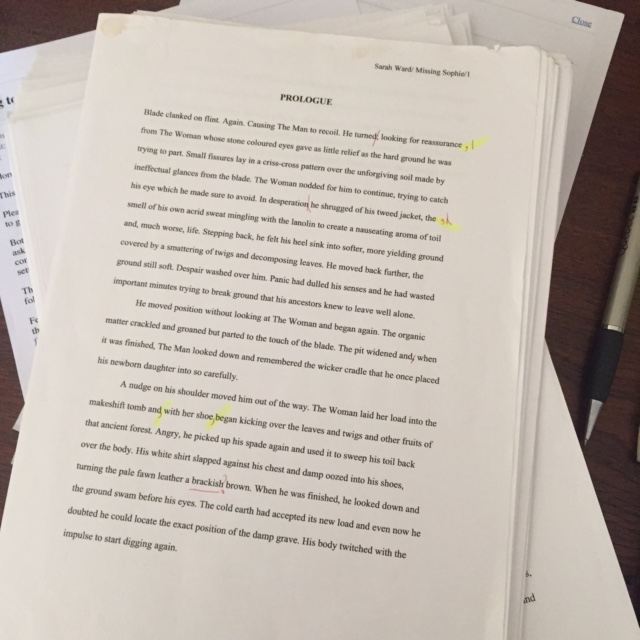 In what format do you like to read it through, e-reader, paper or the computer screen?
In what format do you like to read it through, e-reader, paper or the computer screen?
The first read through is on the computer. The next one I spend a fortune on printer ink reading it on hard copy.
What happens now that first draft is done?
I give myself a week off. And then the really hard editing starts.
Thanks for digging into the depths of the first draft Sarah. It’s been a pleasure having you.
You can find Sarah on her Website, Facebook and Twitter.
In Bitter Chill by Sarah Ward
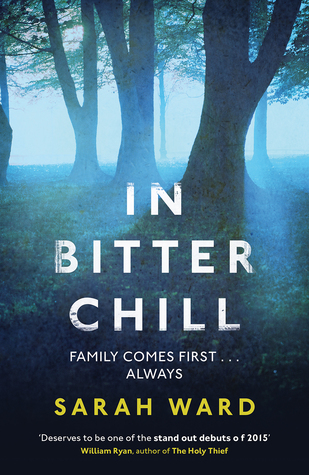 In 1978, a small town in Derbyshire, England is traumatised by the kidnapping of two young schoolgirls. One girl, Rachel, is later found unharmed but unable to remember anything except that her abductor was a woman.
In 1978, a small town in Derbyshire, England is traumatised by the kidnapping of two young schoolgirls. One girl, Rachel, is later found unharmed but unable to remember anything except that her abductor was a woman.
Over thirty years later the mother of the still missing Sophie commits suicide. Superintendent Llewellyn, who was a young constable on the 1978 case, asks DI Francis Sadler and DC Connie Childs to look again at the kidnapping to see if modern police methods can discover something that the original team missed. However, Sadler is convinced that a more recent event triggered Yvonne Jenkins’s suicide.
Rachel, with the help of her formidable mother and grandmother, recovered from the kidnapping and has become a family genealogist. She remembers nothing of the abduction and is concerned that, after Yvonne Jenkins’s suicide, the national media will be pursuing her for a story once more. Days later, the discovery of one of her former teachers’ strangled body suggested a chain of events is being unleashed.
Rachel and the police must unpick the clues to discover what really happened all those years ago. But in doing so, they discover that the darkest secrets can be the ones closest to you.
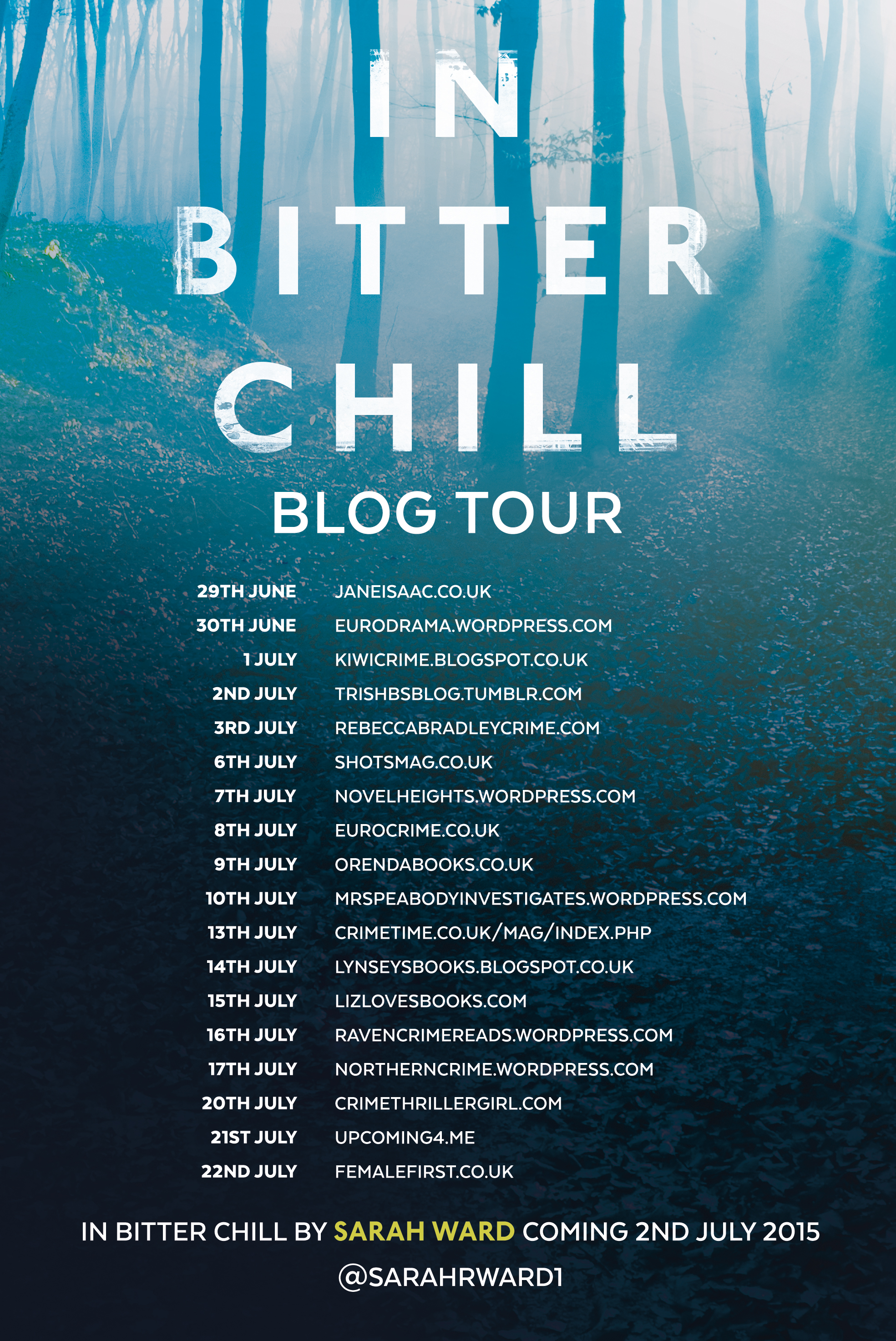
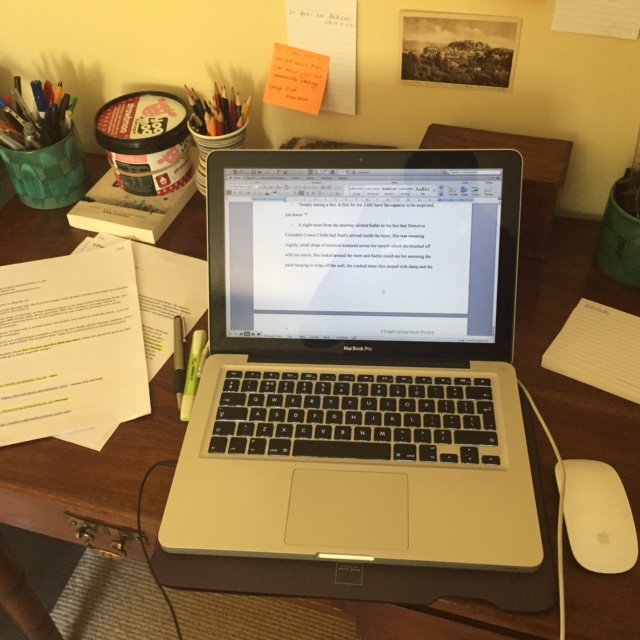

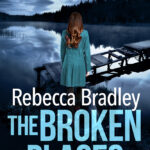

Putting In Bitter Chill on my tbr pile. It sounds great.
Delighted to see Sarah here!! Great edition of this feature!